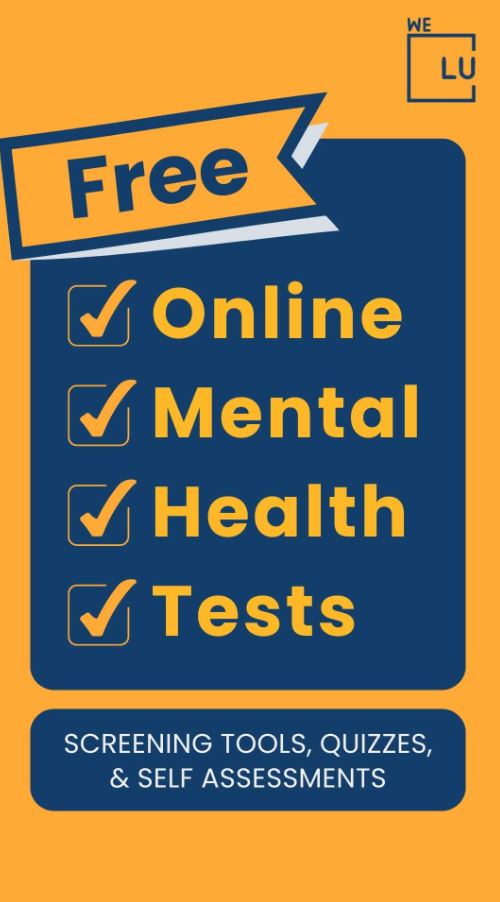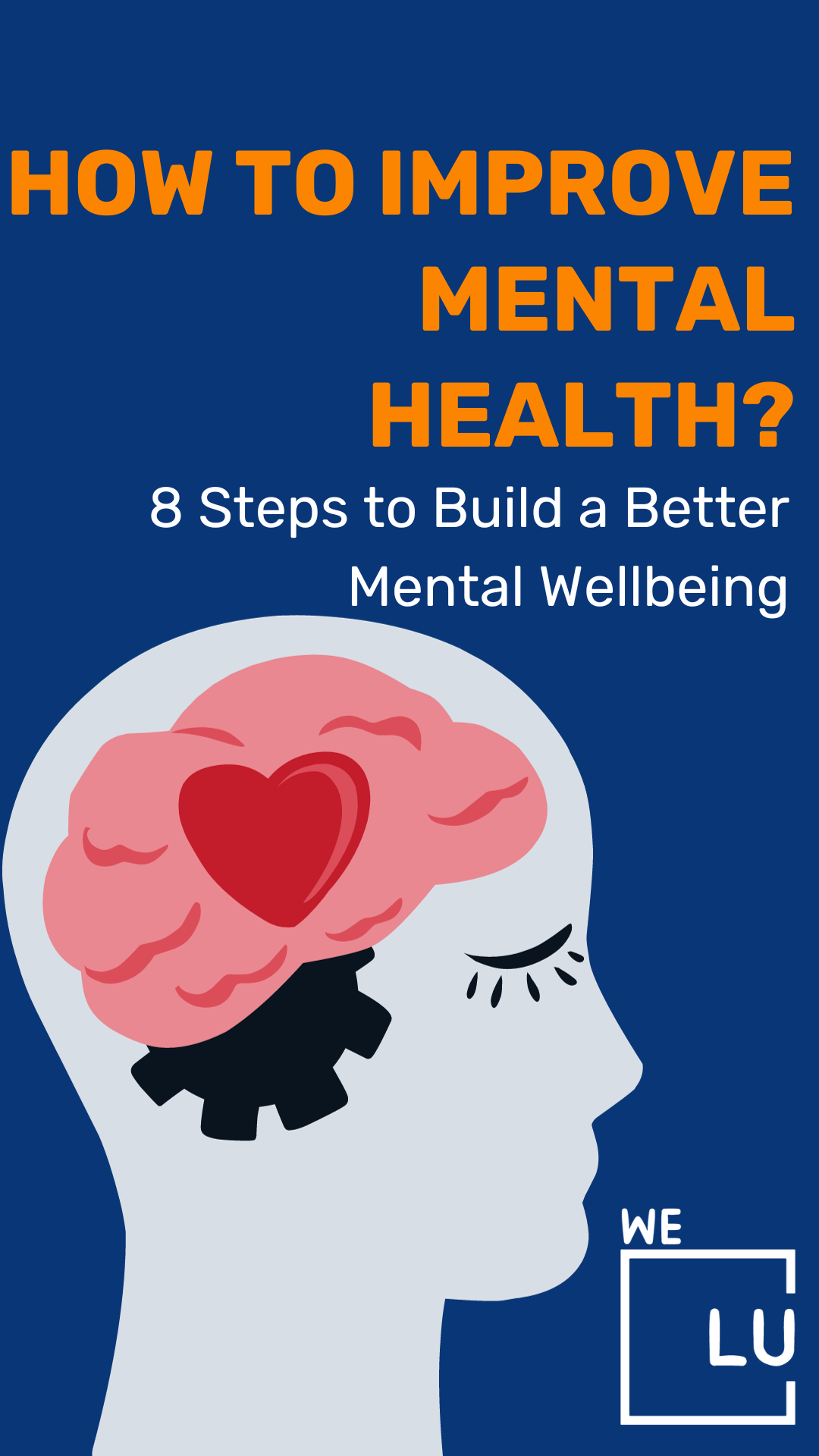Why Is Fentanyl So Dangerous?
Fentanyl, a synthetic opioid initially developed for medical use in managing severe pain, has earned notoriety for its extreme potency and alarming dangers. Its potency lies in being approximately 50 to 100 times stronger than morphine and about 50 times more potent than heroin. While fentanyl does have legitimate medical applications, its illicit use and distribution have led to a devastating public health crisis.
Critical Reasons for Fentanyl’s Danger:
- Potency: The extreme potency of fentanyl means that even a tiny amount can induce powerful effects, including euphoria and pain relief. However, this potency also drastically increases the risk of overdose, as minuscule miscalculations in dosage can lead to fatal consequences.
- Rapid Onset and Short Duration: Fentanyl acts quickly in the body, leading to rapid onset of its effects. This quick action contributes to its addictive potential, as users may seek repeated doses quickly to maintain the desired high. However, its effects also dissipate rapidly, driving users to use more frequently, increasing the risk of dependence and overdose.
- Respiratory Depression: Like other opioids, fentanyl can cause severe respiratory depression, where breathing becomes dangerously slow and shallow. This is a primary factor in opioid-related deaths, as it can lead to hypoxia (oxygen deprivation) and ultimately result in fatal outcomes.
- Illicit Production and Mixing: Illicitly produced fentanyl, often mixed with other drugs like heroin or cocaine without users’ knowledge, significantly amplifies its danger. Since users are unaware of the presence of fentanyl or its potency in these mixtures, it dramatically elevates the risk of overdose.
- Challenges in Dosage Control: Even for experienced drug users, accurately measuring a safe dose of fentanyl is highly challenging due to its potency. The lack of standardization in the illicit drug market further exacerbates this problem, leading to inconsistent and unpredictable dosages.
The Danger in Numbers:
| Substance | Potency Compared to Morphine | Potency Compared to Heroin |
|---|---|---|
| Morphine | 1x | 0.5x |
| Heroin | 2-5x | 1x |
| Fentanyl | 50-100x | 50x |
In conclusion, fentanyl’s danger stems from its incredible potency, which can easily lead to overdose and death, particularly when used illicitly or with other substances. Its role in the opioid crisis underscores the urgency for comprehensive approaches, including education, harm reduction, and access to adequate rehabilitation centers. Addressing the fentanyl crisis requires a multi-faceted strategy to save lives and combat the pervasive risks associated with this deadly drug.
How Dangerous Is Fentanyl? Fentanyl Dangers
Fentanyl is exceptionally dangerous due to its extreme potency and high risks to users, even in small amounts. Here’s why fentanyl is so dangerous:
- Potency: Fentanyl is estimated to be 50 to 100 times more potent than morphine and about 50 times more potent than heroin. This potency makes it extremely difficult to accurately measure safe doses, leading to a heightened risk of overdose, even with the most minor amounts.
- Rapid Onset and Short Duration: Fentanyl acts quickly in the body, leading to the rapid onset of its effects. However, its effects fade quickly, driving users to consume more to maintain the desired high. This cycle increases the risk of dependency and overdose.
- Respiratory Depression: Like other opioids, fentanyl can cause severe respiratory depression, where breathing becomes dangerously slow and shallow. This can lead to oxygen deprivation (hypoxia) and death.
- Illicit Production and Mixing: Illicitly produced fentanyl is often mixed with other drugs without users’ knowledge. This practice significantly amplifies the risk of overdose, as users are unaware of the presence of fentanyl or its potency in these mixtures.
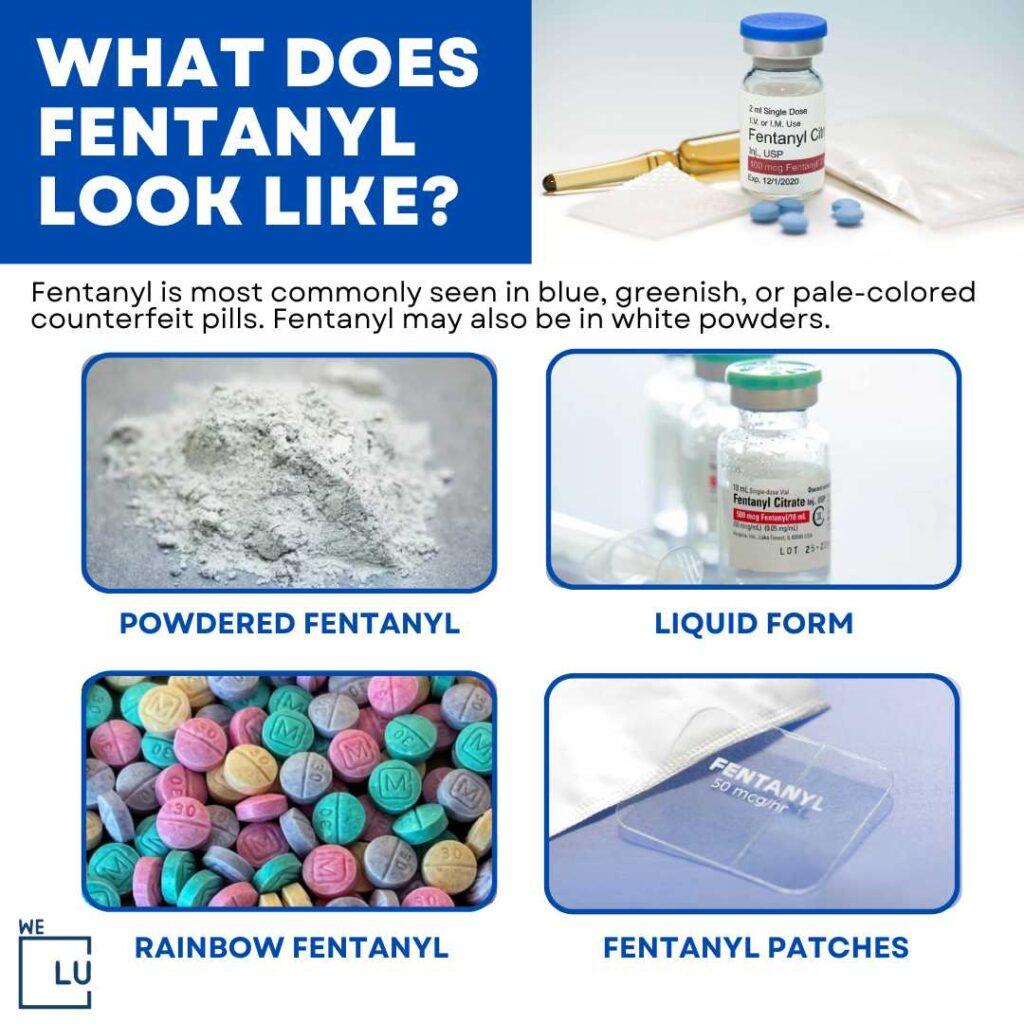
Skip To:
Learn More:
- How Is Fentanyl Made? Fentanyl Facts
- How Long Does Fentanyl Stay In Your System, Urine, Blood, Salvia & Hair? Fentanyl Drug Test Duration Chart.
- What Does Fentanyl Do To You? Abuse, Side Effects & Treatment
- What is Fentanyl? Rainbow Fentanyl Symptoms, Uses, Side Effects, Overdose & Detox Withdrawal Timeline
- What Does Fentanyl Look Like? Rainbow Fentanyl, Colored Candy Fentanyl, Skittles Fentanyl Images, Facts, Warnings, & FAQs
- Carfentanil Drug
- Fentanyl Detox
- Fentanyl and Alcohol
- Fentanyl Rehab
- Fentanyl Withdrawal Timeline
- Unpredictable Effects: Due to its high potency, even experienced drug users may underestimate the dose needed to achieve the desired effects. This unpredictability can easily lead to overdose, particularly when users switch from other opioids to fentanyl.
- Difficulties in Reversing Overdose: Fentanyl overdoses can be challenging to reverse using standard naloxone (Narcan), a medication that counteracts opioid overdoses. Multiple doses of naloxone might be necessary to revive someone who has overdosed on fentanyl.
- Variability in Potency: Illicitly manufactured fentanyl comes in various forms and potencies, making it even more difficult for users to gauge the appropriate dose. A tiny variation in the amount consumed can lead to catastrophic outcomes.
- Risk of Cross-Contamination: Even unintentional skin contact or inhalation of fentanyl powder can lead to accidental overdose or health complications for individuals, law enforcement, and first responders.
In essence, the danger of fentanyl lies in its unparalleled potency, which contributes to an increased risk of fatal overdose, addiction, and a public health crisis. The use of fentanyl, particularly in the context of illicit substances, underscores the urgent need for comprehensive strategies, including education, harm reduction, access to treatment, and the critical role of rehabilitation centers in addressing this dire issue.
Get Help. Get Better. Get Your Life Back.
Searching for Accredited Drug and Alcohol Rehab Centers Near You?
Even if you have failed previously and relapsed, or are in the middle of a difficult crisis, we stand ready to support you. Our trusted behavioral health specialists will not give up on you. When you feel ready or just want someone to speak to about therapy alternatives to change your life call us. Even if we cannot assist you, we will lead you to wherever you can get support. There is no obligation. Call our hotline today.
(844) 597-1011Why Is Fentanyl So Dangerous? Popular FAQs
-
Is Fentanyl Dangerous?
Yes, fentanyl is highly dangerous. It is an extremely potent synthetic opioid, estimated to be 50 to 100 times more potent than morphine and about 50 times more potent than heroin. Its potency increases the risk of overdose, respiratory depression, and death, even with small amounts.
-
Are There Dangers Of Fentanyl Exposure?
Absolutely. Fentanyl exposure, even through accidental skin contact or inhalation of its powder, can lead to serious health risks. The potency of fentanyl means that even a tiny amount can have powerful effects and potentially cause overdose or fatal respiratory depression. First responders, law enforcement, and individuals without proper protective gear are particularly vulnerable to these dangers.
-
Are Fentanyl Patches Dangerous?
Yes, fentanyl patches can be dangerous if not used as prescribed or misused. These patches are designed to release fentanyl slowly through the skin for managing severe pain, typically for patients with tolerance to opioids. However, using fentanyl patches without a prescription or tampering with them to extract the drug can lead to overdose, respiratory depression, and other serious health risks. It’s crucial to follow medical guidance and use fentanyl patches only as a healthcare professional directs.
Fentanyl Factsheet
Fentanyl Overview
Fentanyl is a synthetic opioid used to treat moderate to severe pain, especially in cancer patients or after surgery. It is 50 to 100 times more potent than morphine and can cause respiratory depression, addiction, and overdose. It can be prescribed in different forms, such as injection, nasal spray, patch, tablet, spray, or lozenge. It can also be illegally made and mixed with other drugs, such as heroin or cocaine.
Fentanyl Overdose Signs
Fentanyl overdose signs are similar to those of other opioid overdoses, but they may occur more quickly and severely due to the high potency of fentanyl. Some of the signs of a fentanyl overdose include: 123
- Constricted pupils (tiny).
- Loss of consciousness or unresponsiveness.
- Slow or weak breathing or not breathing at all.
- Choking sounds or gurgling noises.
- Cold, clammy skin or bluish skin, lips, or nails.
- Low blood pressure, slow heart rate, or weak pulse.
- Nausea, vomiting, or diarrhea.
A fentanyl overdose is a medical emergency that requires immediate attention. If you suspect someone is overdosing on fentanyl or any other drug, call 911 right away and administer naloxone if available. Naloxone is a medication that can reverse the effects of opioids and restore normal breathing.
However, because fentanyl is so potent, multiple doses of naloxone may be needed to revive someone who overdosed on fentanyl. Therefore, it is crucial to stay with the person until help arrives and follow the instructions of the emergency responders.
Fentanyl Addiction Treatments
Addressing fentanyl addiction requires a comprehensive and individualized approach due to the potency and risks associated with the drug. Here are some critical treatments and strategies for managing fentanyl addiction:
- Medical Detoxification: Medical detoxification, or detox, is often the initial step in treating fentanyl addiction. Under medical supervision, individuals are gradually tapered off fentanyl to manage withdrawal symptoms. Medical professionals may administer medications to ease withdrawal discomfort and reduce cravings.
- Medication-Assisted Treatment (MAT): MAT involves using medications to reduce cravings and manage withdrawal symptoms. Buprenorphine, methadone, and naltrexone are commonly used medications for opioid addiction, including fentanyl. These medications can help stabilize individuals in recovery and reduce the risk of relapse.
- Behavioral Therapies: Behavioral therapies play a crucial role in addressing the psychological aspects of addiction. Cognitive-behavioral therapy (CBT), contingency management, and motivational enhancement therapy are effective in helping individuals identify triggers, develop coping skills, and modify behaviors associated with drug use.
- Counseling and Support Groups: Individual and group counseling provides a platform for individuals to explore underlying issues contributing to addiction. Support groups like Narcotics Anonymous (NA) offer a sense of community and shared experiences, fostering a supportive environment for recovery.
- Holistic Approaches: Holistic therapies, such as yoga, meditation, art therapy, and mindfulness practices, can complement traditional treatments by promoting overall well-being and stress reduction.
Fentanyl Abuse Statistics
Fentanyl abuse statistics show that fentanyl is a highly potent synthetic opioid significantly contributing to the opioid epidemic in the United States. In 2020, there were over 93,000 drug overdose deaths in the US, with fentanyl involved in over 60%. Fentanyl abuse has also increased in other countries, including Canada and the United Kingdom.
73%
Synthetic opioids, including fentanyl, were involved in almost 73% of all opioid-related overdose deaths in 2019.
Source: CDC
1.6 million
Approximately 1.6 million people aged 12 or older misused prescription pain relievers like fentanyl for the first time in 2020.
Source: The National Survey on Drug Use and Health
57%
Fentanyl seizures by law enforcement in the US increased by 57% from 2019 to 2020, with nearly 17,000 pounds of fentanyl seized in 2020.
Source: DEA

Get Your Life Back
Find Hope & Recovery. Get Safe Comfortable Detox, Addiction Rehab & Dual Diagnosis High-Quality Care.
Hotline(844) 597-1011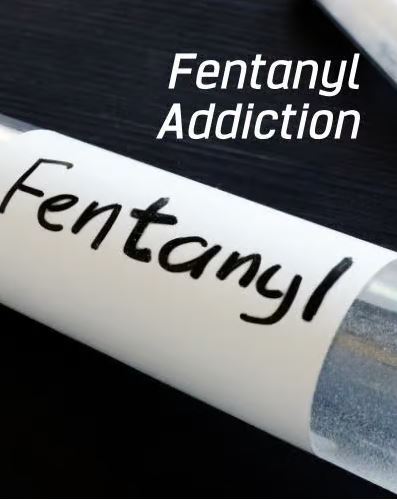
How Much Fentanyl Is Dangerous?
Fentanyl’s potency magnifies its danger, as even a tiny amount can have severe and potentially fatal consequences. The lethal dose of fentanyl varies widely depending on factors such as an individual’s tolerance, body weight, and overall health. Here’s a general overview of fentanyl dosages and their potential danger:
| Dosage Range | Effects and Dangers |
|---|---|
| Micrograms (mcg) | As low as 2 mcg can induce respiratory depression and overdose symptoms. |
| Micrograms (mcg) | 2 – 3 mcg can lead to serious health risks and potential death. |
| Micrograms (mcg) | 4 – 10 mcg can result in life-threatening respiratory depression. |
| Micrograms (mcg) | 10 – 20 mcg is considered extremely dangerous and could be lethal. |
| Micrograms (mcg) | 20 mcg or more greatly increases the risk of fatal overdose. |
Any recreational use of fentanyl, even in small amounts, is exceedingly risky and potentially fatal. Even experienced opioid users are at high risk of overdose due to the unpredictability of illicitly manufactured fentanyl. Combining fentanyl with other substances, especially alcohol or benzodiazepines, further intensifies the danger.
Given the extreme potency of fentanyl, it is strongly advised to avoid any use that is not under strict medical supervision. If you suspect fentanyl exposure or encounter someone displaying signs of overdose (slow/shallow breathing, unresponsiveness), seek immediate medical attention and, if available, administer naloxone (Narcan) as directed. The best way to stay safe is to stay informed about the risks associated with fentanyl and to avoid its use altogether.
First-class Facilities & Amenities
World-class High-Quality Addiction & Mental Health Rehabilitation Treatment
Rehab Centers TourRenowned Addiction Centers. Serene Private Facilities. Inpatient rehab programs vary.
Addiction Helpline(844) 597-1011Proven recovery success experience, backed by a Team w/ History of:
15+
Years of Unified Experience
100s
5-Star Reviews Across Our Centers
10K
Recovery Success Stories Across Our Network
- Low Patient to Therapist Ratio
- Onsite Medical Detox Center
- Comprehensive Dual-Diagnosis Treatment
- Complimentary Family & Alumni Programs
- Coaching, Recovery & Personal Development Events
Is Fentanyl Dangerous To Touch?
Yes, fentanyl can be dangerous to touch, especially in its powdered form. The danger primarily comes from the fact that fentanyl is a highly potent synthetic opioid, and even small amounts can cause adverse effects, including overdose. Here’s why fentanyl can be hazardous to touch:
- Powdered Form: Fentanyl is often found in powdered form, and this form is hazardous. The potency of fentanyl means that even a minuscule amount of the powder can be absorbed through the skin or inhaled, leading to potentially harmful effects.
- Accidental Exposure: Law enforcement officers, first responders, and individuals who come into contact with fentanyl in the field are at risk of accidental exposure. Touching surfaces contaminated with fentanyl powder or inhaling airborne particles can lead to unintended absorption and health complications.
- Potential Effects: Accidental exposure to fentanyl powder can cause symptoms such as dizziness, nausea, vomiting, difficulty breathing, and even overdose. While direct skin contact is less likely to result in overdose compared to inhalation, it still presents risks, especially if the skin is broken or irritated.
- Protective Measures: To mitigate the risks of fentanyl exposure, individuals who might encounter fentanyl, especially in its powdered form, should take protective measures. This includes wearing appropriate personal protective equipment (PPE) such as gloves, masks, and eyewear. Proper handling and disposal procedures are essential to prevent inadvertent contact.
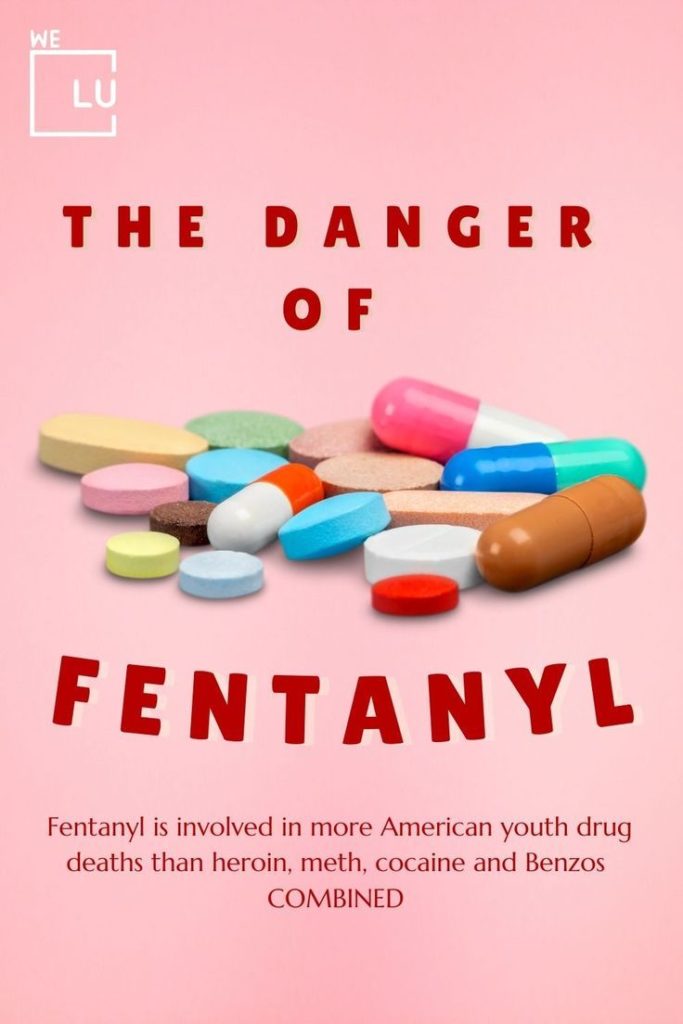
- Safe Handling Guidelines: Proper training in handling fentanyl and adhering to safe protocols are crucial, especially for law enforcement and first responders. Institutions and organizations should provide guidelines for dealing with fentanyl to ensure the safety of individuals who may come into contact with the substance.
In summary, while direct skin contact with fentanyl is less likely to cause immediate harm, the potency of the substance and the risk of accidental exposure highlight the importance of handling it with extreme caution. Protective measures and adherence to proper protocols are essential to minimize the potential dangers associated with fentanyl exposure.
World-class, Accredited, 5-Star Reviewed, Effective Addiction & Mental Health Programs. Complete Behavioral Health Inpatient Rehab, Detox plus Co-occuring Disorders Therapy.
CALL(844) 597-1011End the Addiction Pain. End the Emotional Rollercoaster. Get Your Life Back. Start Drug, Alcohol & Dual Diagnosis Mental Health Treatment Now. Get Free No-obligation Guidance by Substance Abuse Specialists Who Understand Addiction & Mental Health Recovery & Know How to Help.
Why Is Fentanyl So Dangerous? We Level Up Fentanyl Addiction Treatment
At We Level Up Treatment Center, we understand the complex challenges of fentanyl addiction and are dedicated to providing comprehensive and compassionate care. Our tailored treatment programs are designed to guide you toward a life of recovery, healing, and empowerment. Here are the services we offer to help you overcome fentanyl addiction:
- Medical Detoxification and Supervision: Our experienced medical team ensures a safe and comfortable detox process. We closely monitor your withdrawal symptoms and provide medical interventions when needed to manage discomfort.
- Individualized Treatment Plans: We recognize that every individual’s journey is unique. Our expert clinicians work with you to create a personalized treatment plan that addresses your needs, challenges, and goals.
- Medication-Assisted Treatment (MAT): Our MAT program includes FDA-approved medications that help alleviate cravings and withdrawal symptoms, promoting stabilization during recovery.
- Counseling and Therapy: Our licensed therapists conduct one-on-one counseling sessions to delve into the psychological aspects of addiction. We offer various evidence-based therapies, including Cognitive Behavioral Therapy (CBT), Dialectical Behavioral Therapy (DBT), and motivational enhancement therapy, to help you develop coping skills and uncover underlying triggers.
- Group Therapy: Participating in group therapy sessions fosters connection, support, and the shared recovery experience. Engage in open discussions, gain insights from peers, and build a network of understanding individuals.
- Family Therapy: Addiction affects the individual and their loved ones. Our family therapy sessions aim to mend relationships, enhance communication, and provide the necessary tools for family members to contribute to your recovery journey.
- Holistic Approaches: We offer holistic therapies such as yoga, meditation, art therapy, and mindfulness to promote well-being, reduce stress, and encourage a balanced lifestyle.
- Dual Diagnosis Treatment: If you have co-occurring mental health issues, our integrated approach addresses addiction and underlying mental health concerns for a comprehensive recovery.
- Relapse Prevention Education: Our relapse prevention program equips you with strategies to identify triggers, manage cravings, and build a solid foundation for maintaining sobriety in the long term.
- Aftercare and Continued Support: Your journey doesn’t end with treatment. We provide ongoing support through aftercare programs, alumni networks, and referrals to local support groups, ensuring a seamless transition into life after treatment.
At We Level Up Treatment Center, we’re committed to guiding you toward a life free from the grip of fentanyl addiction. Our holistic approach, experienced team, and individualized care provide the tools you need to embark on a transformative journey toward recovery. Regain control, rebuild your life, and advance to a brighter future.
Experience Transformative Recovery at We Level Up Treatment Centers.
See our authentic success stories. Get inspired. Get the help you deserve.
Start a New Life
Begin with a free call to an addiction & behavioral health treatment advisor. Learn more about our dual-diagnosis programs. The We Level Up Treatment Center Network delivers recovery programs that vary by each treatment facility. Call to learn more.
- Personalized Care
- Caring Accountable Staff
- World-class Amenities
- Licensed & Accredited
- Renowned w/ 100s 5-Star Reviews
We’ll Call You
Why Is Fentanyl So Dangerous? Watch The Drug Addiction Informative Video
Video Script
Joey’s Opiates, Drugs, and Alcohol Addiction Recovery Story
Joey’s story is a sad reminder of the harsh reality of addiction. He faced significant challenges in his recovery journey after losing his son, but his progress toward sobriety has been inspiring. The crucial first step for Joey was seeking help for his addiction, and he deserves all the necessary support to aid his recovery process.
Search We Level Up Why Is Fentanyl So Dangerous Resources
Sources
- National Institute on Drug Abuse (NIDA) – Fentanyl Drug Facts: https://www.drugabuse.gov/publications/drugfacts/fentanyl
- Centers for Disease Control and Prevention (CDC) – Fentanyl Facts: https://www.cdc.gov/stopoverdose/fentanyl/index.html
- Drug Enforcement Administration (DEA) – Fentanyl: https://www.dea.gov/factsheets/fentanyl
- Substance Abuse and Mental Health Services Administration (SAMHSA) – Fentanyl: https://www.samhsa.gov/medication-assisted-treatment/medications-counseling-related-conditions/fentanyl
- National Library of Medicine (NLM) – Fentanyl: https://medlineplus.gov/druginfo/meds/a605043.html
- Food and Drug Administration (FDA) – Fentanyl Transdermal System: https://www.fda.gov/drugs/postmarket-drug-safety-information-patients-and-providers/fentanyl-transdermal-system
- National Institute of Justice (NIJ) – Fentanyl Safety Recommendations for First Responders: https://nij.ojp.gov/topics/articles/fentanyl-safety-recommendations-first-responders
- Office of National Drug Control Policy (ONDCP) – Fentanyl: The Next Wave of the Opioid Crisis: https://obamawhitehouse.archives.gov/blog/2017/03/29/fentanyl-next-wave-opioid-crisis
- National Institute of Standards and Technology (NIST) – NIST Reference Materials for Measuring Opioids, Including Fentanyl: https://www.nist.gov/news-events/news/2019/01/nist-reference-materials-measuring-opioids-including-fentanyl
- National Institutes of Health (NIH) – NIH HEAL Initiative Research Plan to Address the Opioid Crisis, Including Fentanyl: https://heal.nih.gov/research/research-plan



